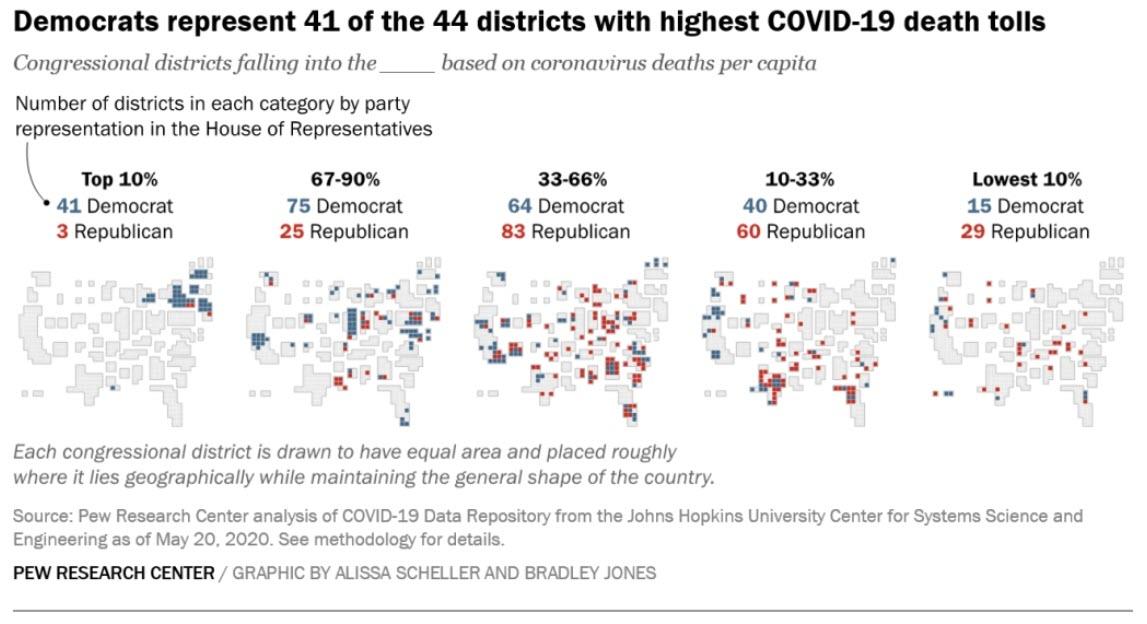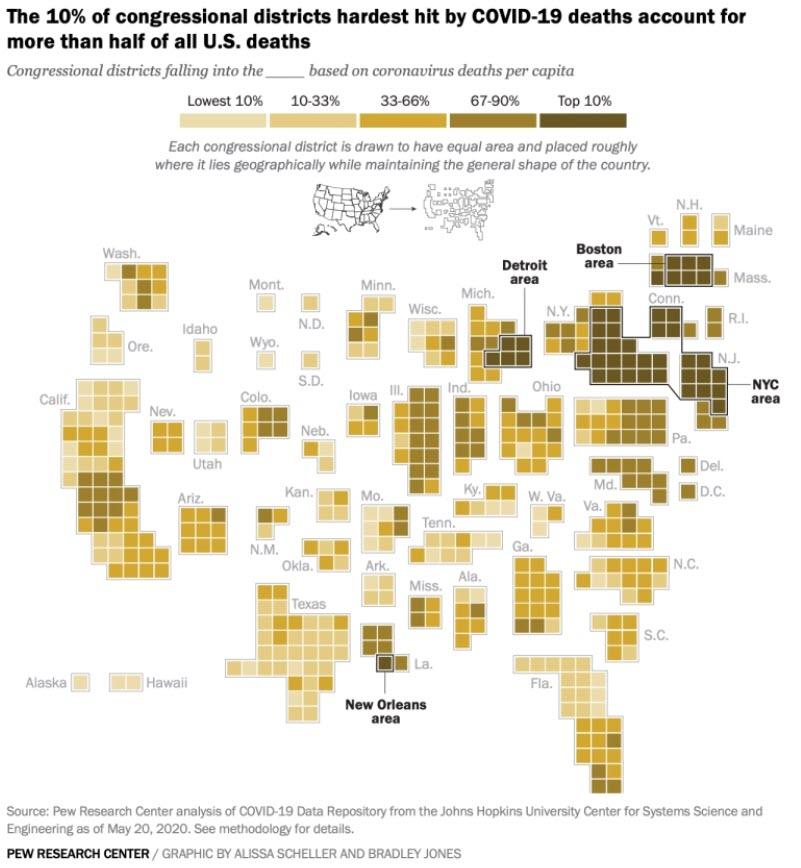Could exposure to the coronaviruses that cause the common cold help
protect against COVID-19? Is herd immunity closer than previously
thought?
As nations lift lockdowns and experts worry about a potential second
peak in cases, our ability to ward off infection is one of the hottest
topics of scientific debate.
Ever since it became apparent that children were less vulnerable to
COVID-19 early in the pandemic, scientists have speculated that the
regular spread of benign viruses in places like schools could have
bolstered their
immune response to the latest coronavirus.
Now the idea of “cross immunity” among the broader population is gaining some ground.
In a recent post on Twitter, Francois Balloux of University College
London noted an “intriguing” lack of an immediate resurgence in COVID-19
cases following the easing of lockdowns in several countries.
Among the possible explanations, he noted, were seasonality and enduring social distancing practices.
But he posited a “wilder” hypothesis as well—that a “proportion of
the population might have pre-existing immunity to #SARSCoV2,
potentially due to prior exposure to ‘common cold’ coronaviruses”.
Balloux said that might explain issues like cases where there is no transmission between spouses.
Earlier this month, an American study in the journal
Cell suggested between 40 and 60 percent of the population could be immunized against COVID-19 without ever being exposed to it.
Researchers put this down to the action of protective cells, known as
T lymphocytes, that had been activated by other coronaviruses
responsible for colds.
But authors Alessandro Sette and Shane Crotty, of La Jolla Institute
for Immunology, cautioned that the research did not suggest the epidemic
was running out of steam.
“Clearly some individuals are more susceptible to the disease than
others; after being infected some individuals have severe clinical
symptoms and might even die, while others might show very little in
terms of clinical symptoms,” they told AFP by email.
“Our study suggests that preexisting immunity might be one of the
factors to be considered; but at this point is simply an hypothesis that
needs to be addressed with further experiments.”
‘Jury out’
The World Health Organization has also expressed caution over the issue.
“There is certainly some evidence with regard to T cells, that if you
have a previous coronavirus infection you may be able to mount a more
rapid response to COVID-19,” said the WHO’s Michael Ryan at a press
conference this week.
“But there’s no empirical evidence that previous coronavirus
infections protect you from infection with COVID-19. The jury is still
very much out on that,” he added.
However, Ryan said it was an encouraging sign for the development of vaccines.
“It gives us hope that we are getting the kinds of immune responses that may be helpful to long-term protection,” he said.
New waves?
Another uncertainty is whether everyone is equally vulnerable to catching COVID-19.
A growing number of scientists think maybe not, raising questions over assumptions for what is known as herd immunity.
Gabriela Gomes, a researcher at the Liverpool School of Tropical
Medicine, told AFP that it was wrong to assume that one person is as
susceptible to the virus as another, or as exposed.
“We know little about the factors which underlie this individual
variation. It could be cross-immunity with other coronaviruses, but it
could also be other microbes, genetics, age, behaviour, and most likely a
combination of many factors,” she said.
In theory this could explain why early estimates of the proportion of
individuals who have been infected by the new coronavirus have been
lower than expected—at around 5 to 10 percent of the
total population in several countries.
It could also mean a lower threshold for herd immunity—when a
sufficient part of the population has caught the virus, starving it of
new hosts to spread to and thereby stopping the epidemic.
This threshold, commonly accepted as around 60 to 70 percent of the
population infected, is what Sweden hoped to achieve by deciding against
a strict lockdown.
But Gomes said that mathematical models on herd immunity often “ignore individual variation”.
According to a study she co-authored, which has not yet been peer
reviewed, the threshold might be reached when just 10 to 20 percent of
the population has been infected.
Gomes said her research, which simulated the lifting of social
distancing measures over the next six to 12 months, suggested that even
if countries that had been severely affected are “closer to
herd immunity“, they would still see more localised outbreaks.
There could also be “what may seem like a second wave in those countries that have been less affected so far”.
At the Pitie-Salpetriere hospital in Paris, professor of emergency
medicine Yonathan Freund has noticed a sharp drop in the number of
infections among doctors compared with the start of the epidemic.
“This is pure speculation but it could mean that people have natural or acquired immunity,” he told AFP.
It is giving him confidence.
With infections staying low three weeks after France lifted its
strict lockdown measures, he thinks that could mean “the second wave is
not coming and probably will not happen” in the country.
https://medicalxpress.com/news/2020-05-coronavirus-centre-immunity.html

